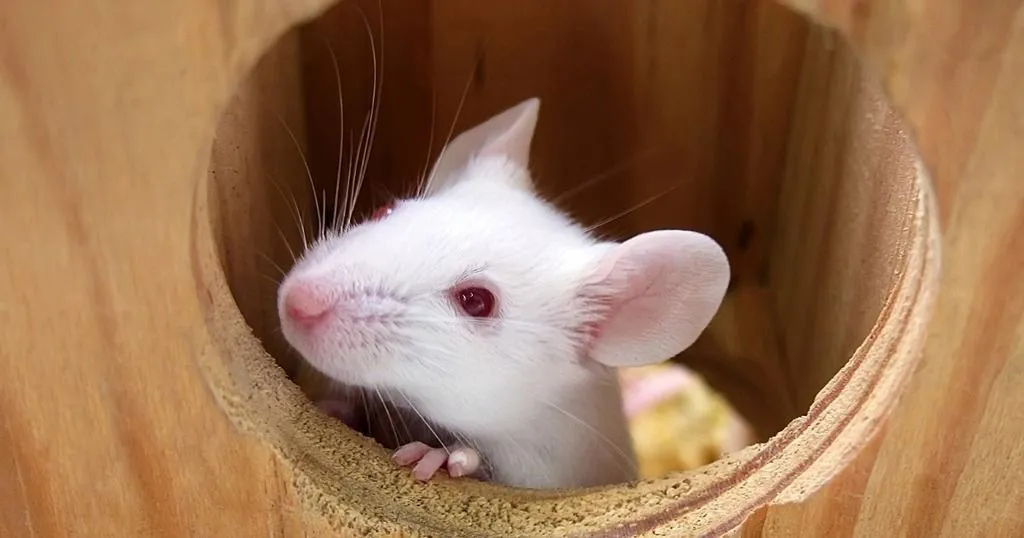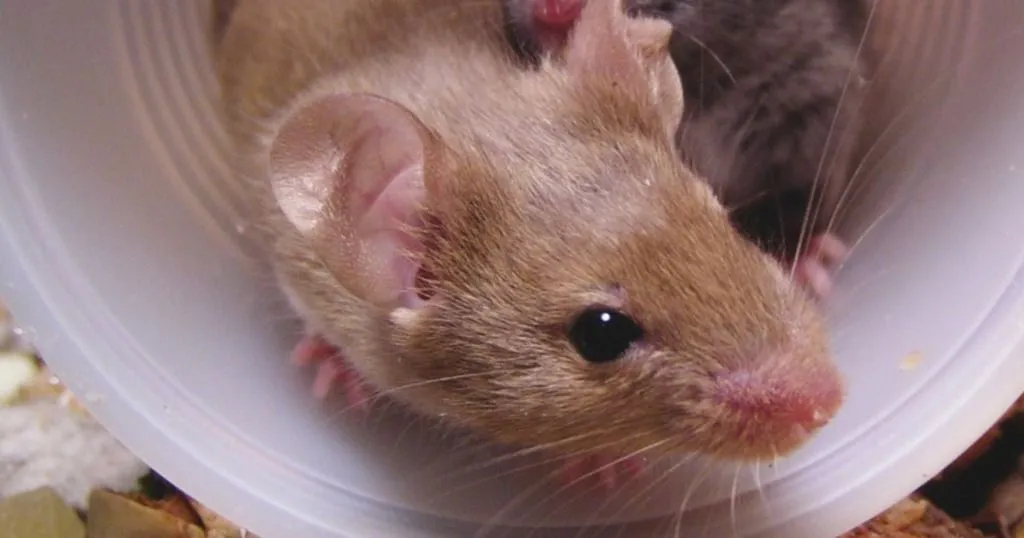No science fiction: Magnetogenetics and how to induce animal behavior
Optogenetics has been invaluable in many brain studies, chemogenetics has been a good non-invasive alternative. Magnetogenetics is the new kid on the block. Can it do better?
Posted by
Published on
Thu 07 Apr. 2016
Topics
| Addiction | EthoVision XT | Magnetogenetics | Mice | Optogenetics | Video Tracking | Zebrafish |

For a few years now, optogenetics has been the answer to shortcomings of using pharmaceuticals or electrodes in brain research. The temporal and spatial precision of optogenetic methods rapidly produced many new insights into neural networks in the normal and diseased brain. But like any other methodology, optogenetics also has limitations. Although wireless options have been developed, optogenetics means neuronal control by light, and delivering this light to the selected brain cells is still an invasive method (unless you are using larval zebrafish). Additionally, the method can be difficult to scale up, including to more neurons, deeper brain tissues, or larger brains.
Alternative to optogenetics
Some of the challenges of optogenetics were in part resolved by chemogenetics. This DREADD technology (Designer Receptors Exclusively Activated by Designer Drugs) is based on the same principle as optogenetics, but sensitizes neurons for activation by a specific (otherwise pharmacologically inert) drug-like molecule instead of a specific wavelength of light.
A main advantage of chemogenetics over optogenetics is that it is non-invasive (chemical actuators can be put in the drinking water). It also doesn’t require large amounts of specialized equipment, and the reaction is more ‘physiologic’; however, it is not always as spatio-temporally precise as optogenetic stimulation.
Magnetogenetics
So, along comes the new kid on the block: magnetogenetics. This term began appearing more regularly in neuroscience articles in 2015, and as you may have guessed, involves activating cells using magnets. With magnetogenetics, researchers have a non-invasive method that seems effective even in deep brain tissue, suitable for long-term studies, and relatively safe. Can it do better than optogenetics and chemogenetics?
Magnetogenetics in practice
A recent report in Nature Neuroscience by Michael Wheeler and his colleagues at the University of Virginia very elegantly demonstrates the effectiveness of magnetogenetics in vitro and in vivo in zebrafish and mice. Ali Deniz Güler (leading biology professor) says they might have discovered a ‘dream tool’ in controlling neural circuits.
In this study, neurons were supplemented with a synthetic gene, much like is the case with optogenetics and chemogenetics, only this time the cells are sensitized for activation by magnets. (For those of you that like to get specific: they have engineered “a magnetogenetic actuator through fusion of the nonselective cation channel TRPV4 to the paramagnetic protein ferritin.”)
First, preliminary tests yielded Magneto2.0 as the actuator that was able to manipulate cellular activity. Next, in vitro studies of mice brain slices showed that Magneto2.0 indeed rapidly and reversibly depolarized neurons, meaning they now had remote control over these brain cells.
Validation in zebrafish and mice
In vivo validation took place in both zebrafish and mice. In zebrafish, coiling behavior was studied. By expressing Magneto2.0 in Rohon-Beard neurons (that innervate the skin), the researchers successfully induced coiling behavior with magnetic stimulation.
Next, electrophysiology measurements were taken in freely moving mice. This time they tested whether Mageneto2.0 was capable of rapidly activating a large nucleus deep within the brain, something that is still challenging using optogenetics.
By expressing Magneto2.0 in DR1 (dopamine receptor 1) carrying neurons and exposing these mice to a magnetized chamber, researchers were able to record an increase in firing rate from these neurons, confirming the possibility of controlling deep brain tissue with magnetogenetics.
Controlling behavior with magnets
So does this mean that magnets can offer the same control over behavior as we have seen with light stimulus in optogenetic studies? In fact, it can. In a real-time place preference test, mice preferred the magnetized arm, as the magnets activated the dopamine neurons sufficiently to serve as a reward for the mice.
So there you have it. After writing the article I kind of feel like I am in an X-men movie, but magnetogenetics is no science-fiction. I might be writing more about this in the future.
In this study, mouse behavioral measurements and data analysis were done with EthoVision XT 11. For more information about video tracking, behavioral analysis, and the control of equipment based on animal behavior or timing, and the integration of physiological signals with behavioral data, go to the EthoVision XT website.
FREE TRIAL: Try EthoVision XT yourself!
Request a free trial and find out what EthoVision XT can do for your research!
- A cost-effective solution
- Powerful data selection
- Most cited video tracking system
References
Wheeler, M.A.; Smith, C.J.; Ottolini, M.; Barker, B.S.; Purohit, A.M.; Grippo, R.M.; Gaykema, R.P.; Spano, A.J.; Beenhakker, M.P.; Kucenas, S.; Patel, M.K.; Deppmann, C.D.; Güler, A.D. (2016). Genetically targeted magnetic control of the nervous system. Nature Neuroscience, 19, 756-761.
Related Posts

Optogenetics and operant conditioning
A to Z on optogenetics and video tracking studies
